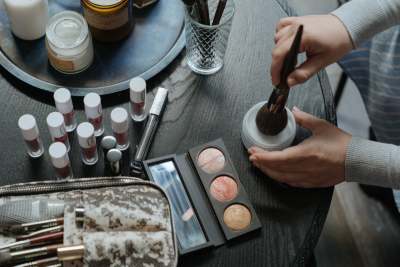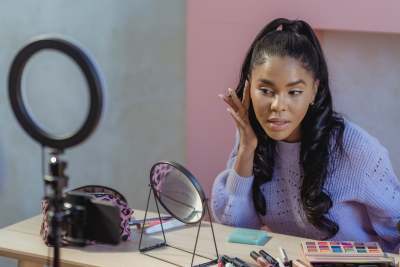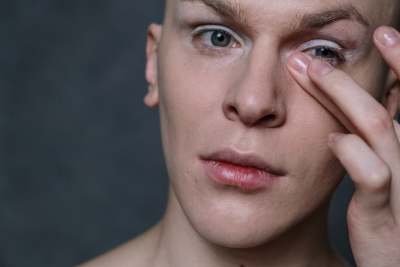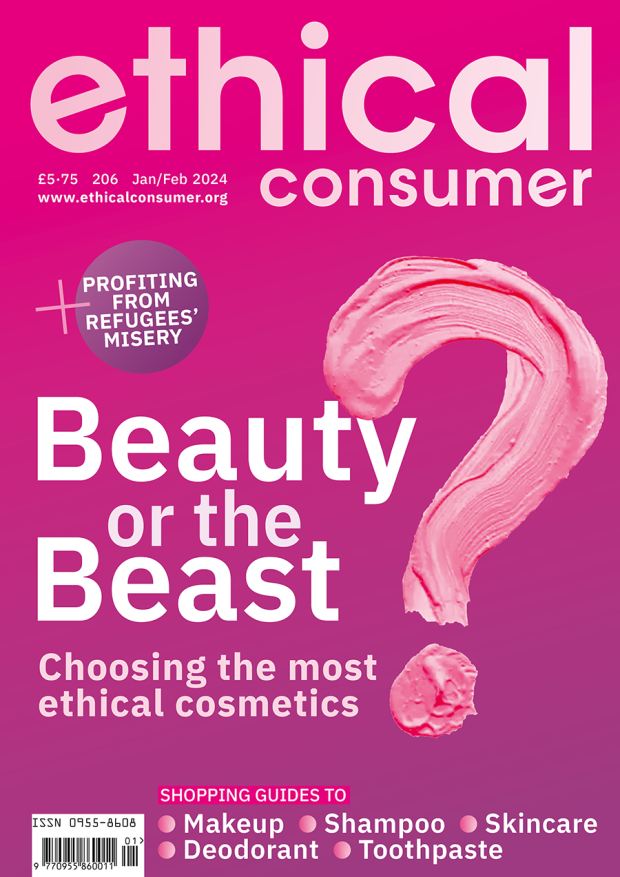People have been altering their complexion, exaggerating facial features, and painting themselves for thousands of years. Many date makeup use by all genders to ancient Egypt, ancient Greece, and Rome, while others refer to evidence much earlier than that. Makeup and body painting have also been used by Indigenous communities for many thousands of years.
The way that makeup is used has often changed throughout history, but what is newer is the enormous industry behind ‘beauty’ and makeup products that we see today.
In this guide to ethical makeup we take a look at the ethics of the companies behind makeup as well as the contents of the products themselves.
Natural and ethical makeup and makeup brands
This guide includes a wide range of makeup brands, from small independent companies, to popular high street shops like Boots and Superdrug, as well as international brands like Estée Lauder and L'Oréal. Perhaps unsurprisingly, there is a huge difference in ethical scores between these brands.
Is The Body Shop in this guide?
We removed the Body Shop from this guide when its private equity owner, Aurelius, called in the administrators in February 2024. It was bought by Auréa Group in September 2024. We will review its ownership and ethics when we review the guide as a whole.






